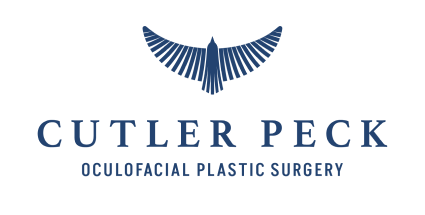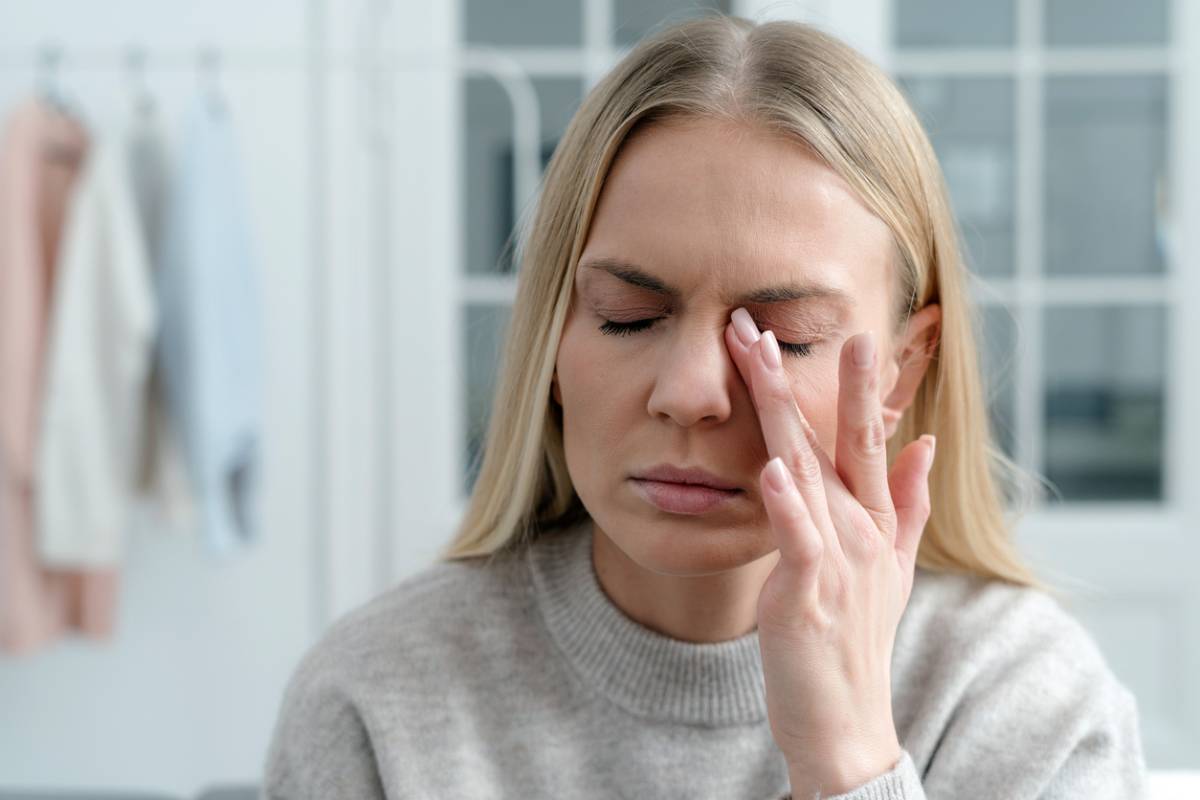Trichiasis is a condition where the eyelashes grow in the wrong direction. It is characterized by the eyelash often turning inward toward the eye. This can scratch the surface of the eye and cause several symptoms. Common symptoms include redness and discomfort. The condition can lead to repeated eye infections. If left untreated, the condition can result in damage to the eye. It can also impact the quality of your life, so it is important to get trichiasis treatment. You may wonder, what causes trichiasis? Below you will find more information about the condition and the most effective treatment options.
What Causes Trichiasis?
Trichiasis can develop for several different reasons. Below are some of the common causes of the condition.
Eye Infections
Past eye infections or diseases can damage the inside of the eyelid. Pink eye and other serious infections can lead to scarring. This can change the position of the eyelashes, which can lead to trichiasis.
Eye Injuries
Trauma to the eye can lead to serious issues. Burns or impact can lead to changes in the eyelid. This can impact the lashes and cause them to grow unnaturally. Trichiasis can develop after eye trauma or injury.
Chronic Inflammation
A common cause of trichiasis is long-term inflammation of the eyelids. Eyelid inflammation is referred to as blepharitis. The condition causes irritation in the eyelid follicles. This can lead to the lashes growing in the wrong direction. Blepharitis is often associated with certain skin conditions, such as rosacea or seborrheic dermatitis. These are common in older adults, which places them at an increased risk for trichiasis.
Autoimmune and Skin Disorders
Certain autoimmune conditions and skin disorders can cause trichiasis. Rare conditions can cause eyelid scarring. The changes in the skin and tissues around the eyes can impact lash growth. In rare cases, this can lead to trichiasis.
Natural Aging
Over time, the skin and muscles around the eyes can loosen. This can change the eyelid position, which can cause lashes to grow inward. Age-related eyelid changes often impact the lower eyelid. This can increase the risk of the condition among older adults.
When to Contact an Oculoplastic Surgeon
Many patients wonder when they should contact a medical professional. If your eyelashes are rubbing against your eye, it is important to contact an oculoplastic surgeon right away. There are several short-term relief options. However, they do not treat the root issue. This can lead to long-term damage to the eye if left untreated by a professional. An oculoplastic surgeon is trained to identify and treat the underlying issue. They specialize in eye surgery as they understand the delicate nature of the eye and the surrounding tissue.
There are several symptoms that indicate it is time to contact a professional. The first and most obvious is your eyelashes rubbing against your eyes. Many patients report feeling like something is always in their eyes. Vision that is blurry or sensitive to light is not normal and should be examined by a professional. If you have eyes that get red, teary, or painful, treatment is necessary.
Early intervention is key if you have trichiasis. Repeated friction from lashes can scratch the cornea. This can lead to repeated infections and ulcers. In severe cases, it can lead to vision loss. An oculoplastic surgeon can examine your eyes and check for signs of damage. From there, they can create a customized treatment plan based on your unique needs.
Treatment for Trichiasis
The most common and effective treatment option for trichiasis is eyelid surgery. The surgery corrects lash direction. It also removes scar tissue if needed. The goal of surgery is to address the issue and prevent lashes from turning inward again. The surgery is done on an outpatient basis, so you can go home the same day. It is performed under local anesthesia and takes roughly one hour to complete.
The surgery involves small adjustments to the eyelid. The incisions are carefully placed to reduce visible scarring. Once the adjustments are made, fine sutures are used to close the incisions. Depending on your aesthetic goals, you can combine trichiasis surgery with other procedures. This can improve the functional issues and provide aesthetic benefits. Discuss your aesthetic goals with the oculoplastic surgeon at your consultation.
Recovery from eyelid surgery can take roughly one to two weeks. You may experience mild swelling and puffiness after surgery. This is completely normal and goes away within two weeks. It is important to follow the surgeon’s after-care instructions and attend all follow-up appointments.
Top Oculoplastic Surgeon in Idaho
If you experience the symptoms of trichiasis, contact the team at Cutler Peck Oculoplastic Surgery today to schedule a consultation!

